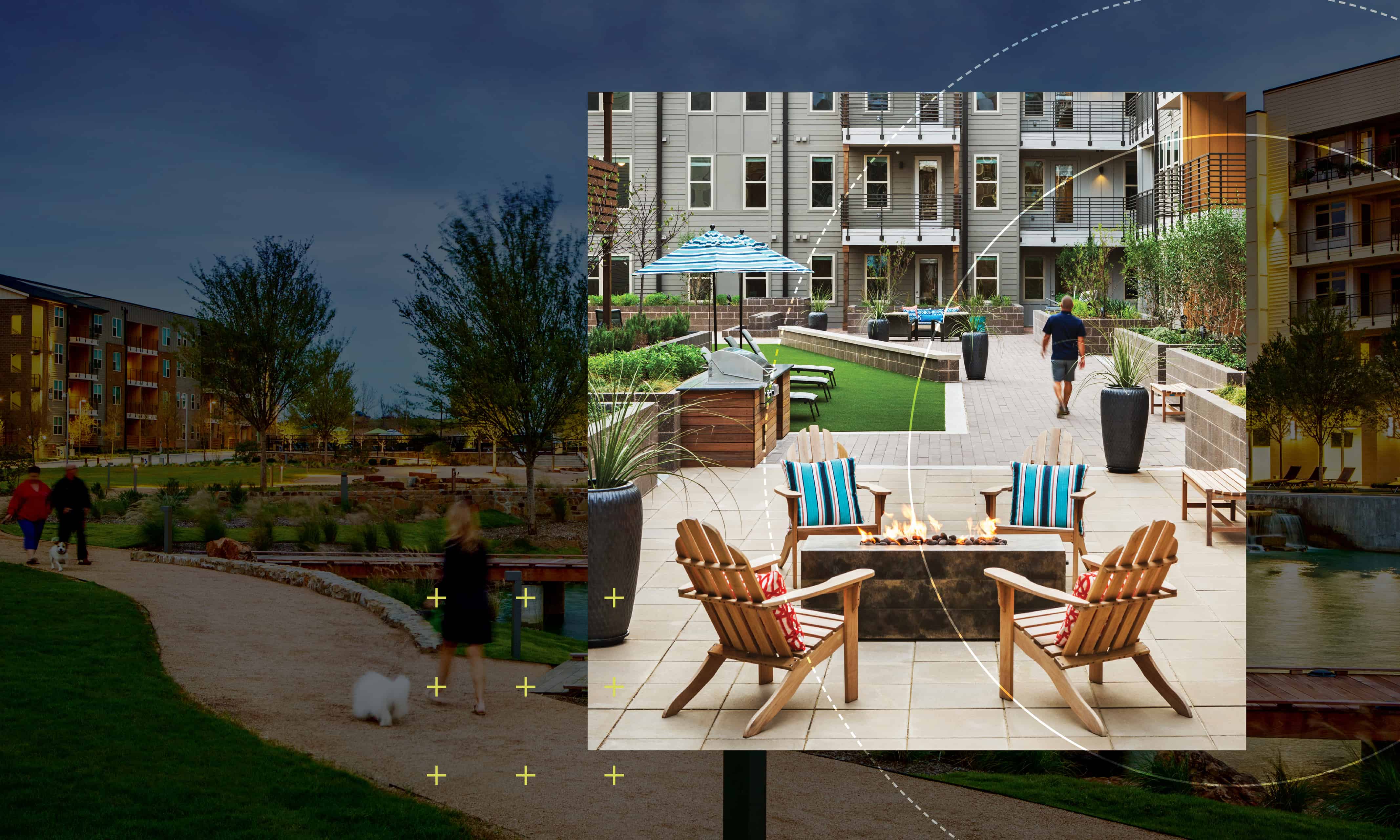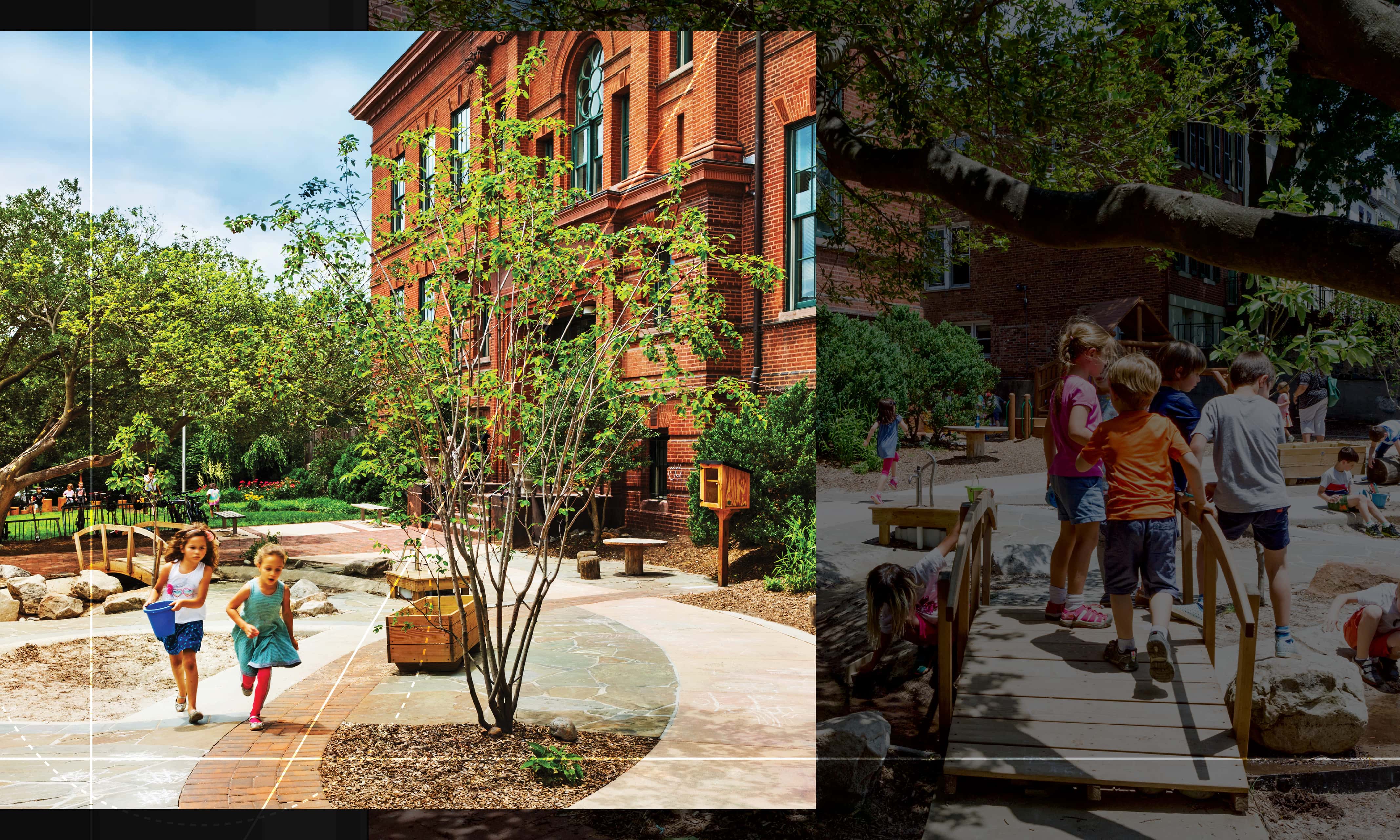By: Stephanie Roa, LA Designer. Originally posted on DeepRoot.
Intrinsic to the success of cities and the quality of life they offer is how people move within them. For the past century, the car has been the central consideration in the design and planning of our urban areas. Increasingly, however, the car-dominated planning era is behind us, as city dwellers are more frequently walking, biking and using public transit to get around. It’s time for city planning and design to catch up with this new trend. That is why Arup Group, a leading international consulting firm of planners, designers, and engineers, is making the case for walking. “From 70 years of practice we know that a walkable city is a better city and that the more we walk the better the city is in every respect,” declares Gregory Hodkinson, Chairman of Arup Group.
Arup’s recent publication, Cities Alive: Towards a Walking World, shines a light on the impact walkability has on the success of a city. This new report analyzes research and trends in city design to show how walkable cities can improve the local economy, the environment and personal wellness. Highlighting 50 drivers of change, 50 benefits of walking, 80 international case studies, and 40 actions that city leaders can take to inform walking policy and design, the report aims to inspire action and aid cities in improving city walkability.
Benefits of walkability
A walkable city has a multitude of benefits. The report demonstrates the significant social, environmental, economic and political benefits of walking and highlights the opportunities available for cities to embrace walking. Here are just a few of the 50 benefits discussed:
- Social benefits: The health benefits of walking are perhaps the clearest, including reducing the likelihood of obesity and chronic disease, as well as improving mental health and happiness. Walking also provides other social benefits, including an opportunity to foster social interaction, reduce crime, and strengthen community identity.
- Environmental benefits: Walking provides an active means for people to mitigate and address local and global environmental concerns. From noise and air pollution to heat island effect, a shift from car-dominated design to pedestrian walkability mitigates a range of environmental concerns. Pedestrian-focused design also allows reclamation of underused road space. Space previously reserved for cars can be shifted towards green space that better addresses community needs, provides wildlife habitat, and functions as stormwater management.
- Economic benefits: Businesses and property owners can also benefit from more walkable places, with research showing that pedestrians spend approximately 65% more than drivers (p.55). Walkability has been proven to boost prosperity, support local business, promote tourism, and encourage inward investment – attracting investors and private companies that in turn feeds higher employment, property values, and more (p.55). Furthermore, investing in better streets and spaces for walking can provide a competitive return compared to other transport projects. Cycling and walking are estimated to provide up to $11.80 in return of investment per $1 invested.
- Political benefits: Walking is increasingly a political agenda item as cities fight to reduce car congestion and pollution while striving for a safer, healthier, more vibrant community of residents and visitors. Promoting walkability addresses sustainable development and city resilience to climate change, while also encouraging inclusiveness and equality.
How walking is changing the city
Car culture is in decline in many parts of the world, including North America, Japan, Australia and European countries. This cultural shift, especially among the millennial generation, is in part due to a change in priorities, where car ownership is no longer a status symbol. In fact, a renewed focus on health and sustainability has caused many to shun cars in favor of walking, cycling and public transit. The 2008 recession made it difficult for many people to afford cars, and the general move toward more flexible employee commuting arrangements has made it easier to get around without owning a vehicle.
Planning efforts to reduce vehicular traffic in favor of more active modes of transport have already begun to show positive results. In particular, an increased prevalence of walking has forced us to design public spaces and streetscapes that are appealing at a human scale. Cities are realizing that in order to encourage walking, routes must be safe and entertaining, which has led to an increased attention in the design of public plazas, green spaces and corridors. Shifting the design focus to walking, access and mobility for people of every age group, income level and ability has also received renewed attention, connecting all parts of the city.
Case studies
Many cities are taking active steps to encourage more walking among residents and visitors, several of which are already experiencing the wide range of benefits that come from creating places for walking. To show what can be achieved, the report outlines 80 case studies, including improved wayfinding systems, open street events, pocket parks and traffic calming measures that exist today.
Footbridges, such as the one in Rocinha, Brazil, are one strategy to connect communities previously divided by highways, waterways or other impediments. The footbridge, designed by Oscar Niemeyer, connects Rio’s largest favela, Rocinha, to a new sports facility as well as to the surrounding community in an attempt to provide walkable connectivity to an area once divided by a busy highway. Projects such as The Goods Line (in Sydney, Australia) or the High Line (in New York City) similarly connect multiple neighborhoods while keeping pedestrians separate from vehicle traffic. Crossings of pedestrian networks with other transport networks and natural barriers are often the biggest barriers to overcome on foot. Footbridges are a simple option to maintain safe connections and bridge previously divided communities.
Small parks, called parklets, and other nodes of activity also encourage walking by activating streets and enhancing the pedestrian experience. To ease this process, the Department of Transportation in Los Angeles recently initiated “People St” Do it Yourself Street Regeneration Initiative. This program essentially offers DIY urban design kits to create pedestrian plazas, mini-parks and bike parking that is intended to re-appropriate any of the 7,500 miles of street within the city. One project that sprung from the initiative, Sunset Triangle Plaza, closed a portion of the street to vehicular traffic, using treated pavement and large planters to delineate the new pedestrian space, and brought movable furniture and public programming to an underserved area. These innovative public spaces encourage exploration by foot and promote community interaction. Public plazas also inject art and culture into the city, strengthening a neighborhood’s identity.
Improving the wayfinding and signage of a region also promotes walkability simply by making street navigation easy. Signage created by Applied Wayfinding at Brighton, UK combines on-street wayfinding with an iPhone app containing 3D illustrations and searchable content, to help navigate the city. Such maps incentivize walking and make it easier for people to choose walking as a regular daily mode of transport – a public health benefit and an advantage for local retailers that experience an increase in footfall.
Conclusion
By the shifting the focus from cars to people, and placing walking back into the center of urban design, we can create cities that are healthy for people, the environment and businesses. Arup’s comprehensive report proves how walkability is central to the economy, environment and personal health of the city. View the full report here.



